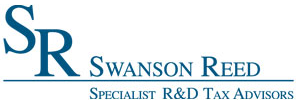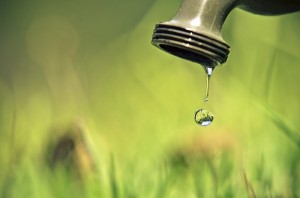California R&D Tax Credit Filing Instructions
To claim the California R&D tax credit, you need to complete and file Form FTB 3523, Research Credit, with your California tax return. This form is used to calculate the amount of the credit based on your qualified research expenses (QREs) conducted within California. The credit is generally 15% of the excess of your current year QREs over a calculated base amount, plus 24% of basic research payments. Make sure to carefully review the instructions for Form FTB 3523 to accurately determine your eligibility and calculate the credit. You will need to provide details of your qualified research activities and the associated expenses.
California Patent of the Year – 2024/2025
Guru Wireless Inc. has been awarded the 2024/2025 Patent of the Year for their innovation in wireless power delivery. Their invention, detailed in U.S. Patent No. 11916408, titled ‘Wireless power delivery systems and methods of delivering wireless power’, introduces a dynamic approach to delivering wireless power over distance.
The patented system utilizes a wireless power generation unit (GU) equipped with an antenna array and communication circuit. This unit employs volumetric refocusing to scan an area by sweeping a wireless scan signal, which is captured by recovery units (RUs) equipped with their own antenna arrays and communication circuits. Upon receiving the scan signal, each RU transmits a wireless signal back to the GU, allowing it to record the focal coordinates of each RU.
Once the GU has mapped the locations of the RUs, it emits a wireless power signal to these recorded coordinates. This method enables efficient and targeted delivery of power to multiple devices within a defined space, enhancing the practicality and scalability of wireless power systems.
Guru Wireless Inc.’s innovation holds significant potential for applications in powering Internet of Things (IoT) devices, sensors, and other electronic equipment without the need for physical connections, paving the way for more flexible and sustainable energy solutions.
Study Case
Wino Incorporated (Wino) is a specialist in the field of wine cellar refrigeration. In 2012, Wino was approached by a vineyard to create a solution that would allow them to reduce their operating cellar temperatures from 59℉ to 54℉.
A solution was devised to use the cold liquid CO2 from a CO2 recovery plant by vaporizing the liquid and processing it through the cooling units in the cellar to lower cellar temperatures to 54℉.
To qualify for the Research and Experimentation Tax Credit, Wino had to make sure its “qualified research” met four main criteria, known and developed by Congress as The Four-Part Test. After self-assessing, Wino declared the following experiments as R&D work.
Design and development of a series of prototypes to achieve the technical objectives and prove the hypothesis (design development and initial testing of the solution to reduce cellar temperatures via a C02 system).
The hypothesis for this phase of Wino’s R&D project questioned whether cellar temperatures could be reduced by 5℉ through the use of C02.
As an attempt to prove its hypothesis, Wino conducted the following R&D activities:
- Practical design by in-depth analysis of possible issues
- System design was constantly refined over a period of months to improve system performance
- Technical drawings and design calculations were updated as required to incorporate modifications and refinements
- Implementation of solution onsite for testing and further development
Wino proved that the system was a failure as too many variables which were beyond its control did not allow the system to operate in a consistent manner. With all these factors influencing performance, the system was too complicated for stable operation of the cellars.
Trials and analysis of data to achieve results that can be reproduced to a satisfactory standard and to test the hypothesis (testing and assessment of the practical performance revised solution).
Although Wino was unsuccessful in finding a solution to lower the overall temperature in the wine cellar, it was still able to claim the following tests and assessment activities as R&D:
- A complete change in design was necessary using CO2 as a conventional refrigerant to reduce the cellar temperature.
- Redesign of the system as a standalone plant using two new compressors and pump recirculation of liquid CO2 to larger evaporators in the cellars.
- A new evaporator in each cellar was added to the existing evaporators.
Background research to evaluate current knowledge gaps and determine feasibility (background research for the design of a solution to reduce the cellar temperatures).
Wino’s background research was focused on identifying issues, designing a potential solution using C02 recovery tanks and liaising with the client for design development. Design development included:
- Client meetings, submission of typical designs, other system options and the undertaking to provide refined designs.
- Internal design development and the development of sketches and calculations.
- Discussions with the site operators on system practicality.
- Design submission to the client for their review and acceptance.
These background research activities were necessary because they assisted in identifying the key elements of the research project, therefore qualifying as R&D work.
Ongoing analysis of customer or user feedback to improve the prototype design (feedback R&D of the solution to reduce cellar temperatures via a CO2 system).
Wino conducted the following activities during its analysis:
- Development and modification to interpret the experimental results/observations and draw conclusions that served as starting points for the development of new hypotheses; i.e. solutions to observed inefficiencies or problems
- Assessment of client feedback to improve on design of system
- Client inspection on completion of construction stage
- Validation of the design inputs on operation and testing of the new system
These activities were necessary to evaluate the performance capabilities of the new design in the field and to improve any flaws in the design.
Qualified research consists of research for the intent of developing new or improved business components. A business component is defined as any product, process, technique, invention, formula, or computer software that the taxpayer intends to hold for sale, lease, license, or actual use in the taxpayer’s trade or business.
The Four-Part Test
Activities that are eligible for the R&D Credit are described in the “Four-Part Test” which must be met for the activity to qualify as R&D.
- Permitted Purpose: The purpose of the activity or project must be to create new (or improve existing) functionality, performance, reliability, or quality of a business component.
- Elimination of Uncertainty: The taxpayer must intend to discover information that would eliminate uncertainty concerning the development or improvement of the business component. Uncertainty exists if the information available to the taxpayer does not establish the capability of development or improvement, method of development or improvement, or the appropriateness of the business component’s design.
- Process of Experimentation: The taxpayer must undergo a systematic process designed to evaluate one or more alternatives to achieve a result where the capability or the method of achieving that result, or the appropriate design of that result, is uncertain at the beginning of the taxpayer’s research activities.
- Technological in Nature: The process of experimentation used to discover information must fundamentally rely on principles of hard science such as physical or biological sciences, chemistry, engineering or computer science.
What records and specific documentation did Wino keep?
Similar to any tax credit or deduction, Wino had to save business records that outlined what it did in its R&D activities, including experimental activities and documents to prove that the work took place in a systematic manner.
Wino saved the following documentation:
- Progress of project (e.g. meeting notes, minutes, emails, reports)
- Conceptual sketches and technical drawings
- Photographs of completed models
- Testing protocols
- Results or records of analysis from testing / trial runs
- Tax invoices
By having these records on file, Wino confirmed that it was “compliance ready” — meaning if it was audited by the IRS, it could present documentation to show the progression of its R&D work, ultimately proving its R&D eligibility.
A San Francisco Company develops software used by its clients. It had never before claimed the R&D credit for the development activities of its software programmers. This project involved a four-year study with a three-year look back.
The Company qualified for the federal R&D Tax Credit of $290,000 and an additional $217,500 in California state R&D Tax Credit.
| FEDERAL | CALIFORNIA | |||||
| Year | Total QREs | Credit | Total QREs | Credit | ||
| 2026 | $1.200.000,00 | $120.000,00 | $1.200.000,00 | $90.000,00 | ||
| 2025 | $800.000,00 | $80.000,00 | $800.000,00 | $60.000,00 | ||
| 2024 | $550.000,00 | $55.000,00 | $550.000,00 | $41.250,00 | ||
| 2023 | $350.000,00 | $35.000,00 | $350.000,00 | $26.250,00 | ||
| Total | $2.900.000,00 | $290.000,00 | $2.900.000,00 | $217.500,00 | ||
Choose your state


















 [...]
[...] [...]
[...]
